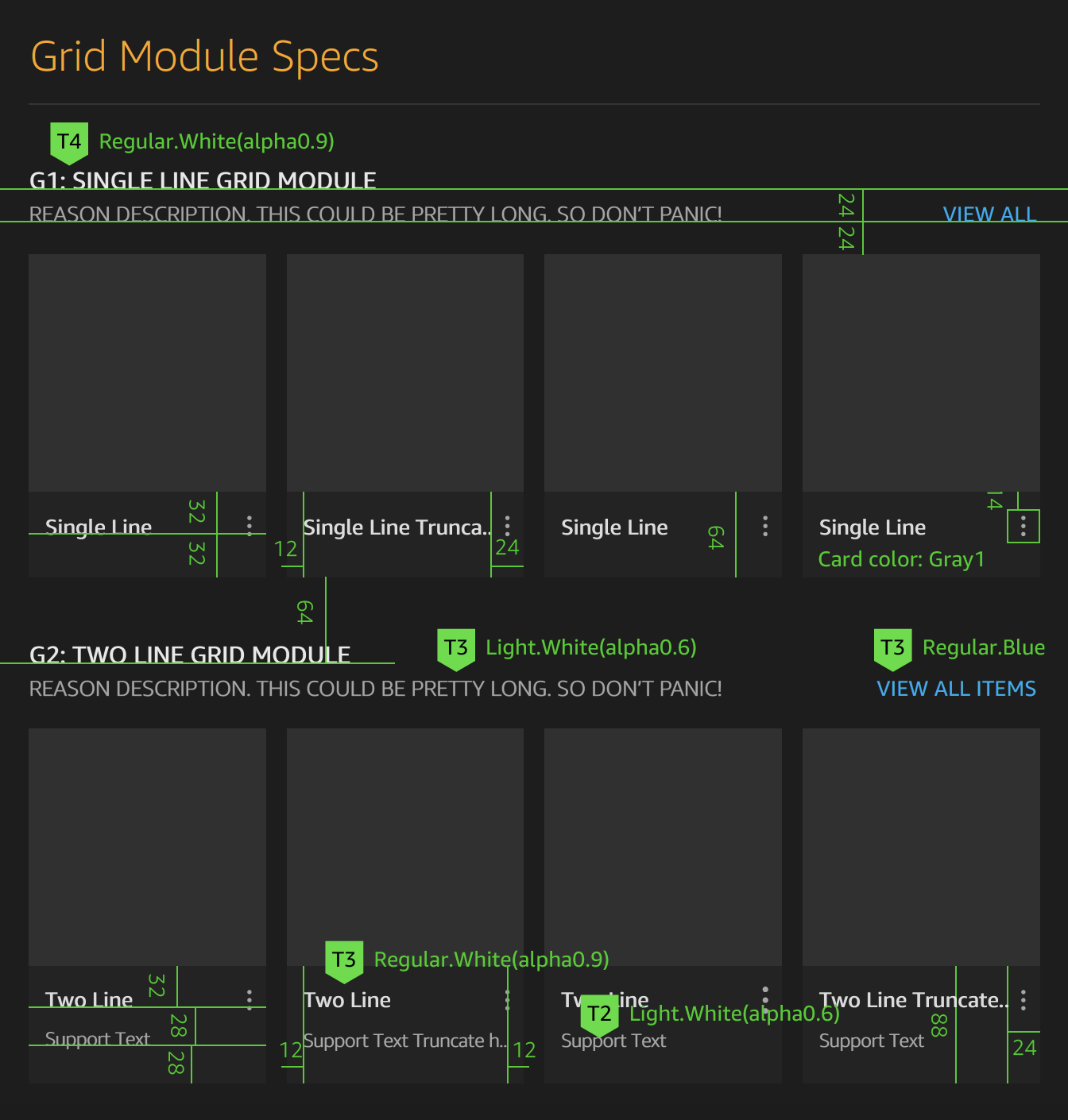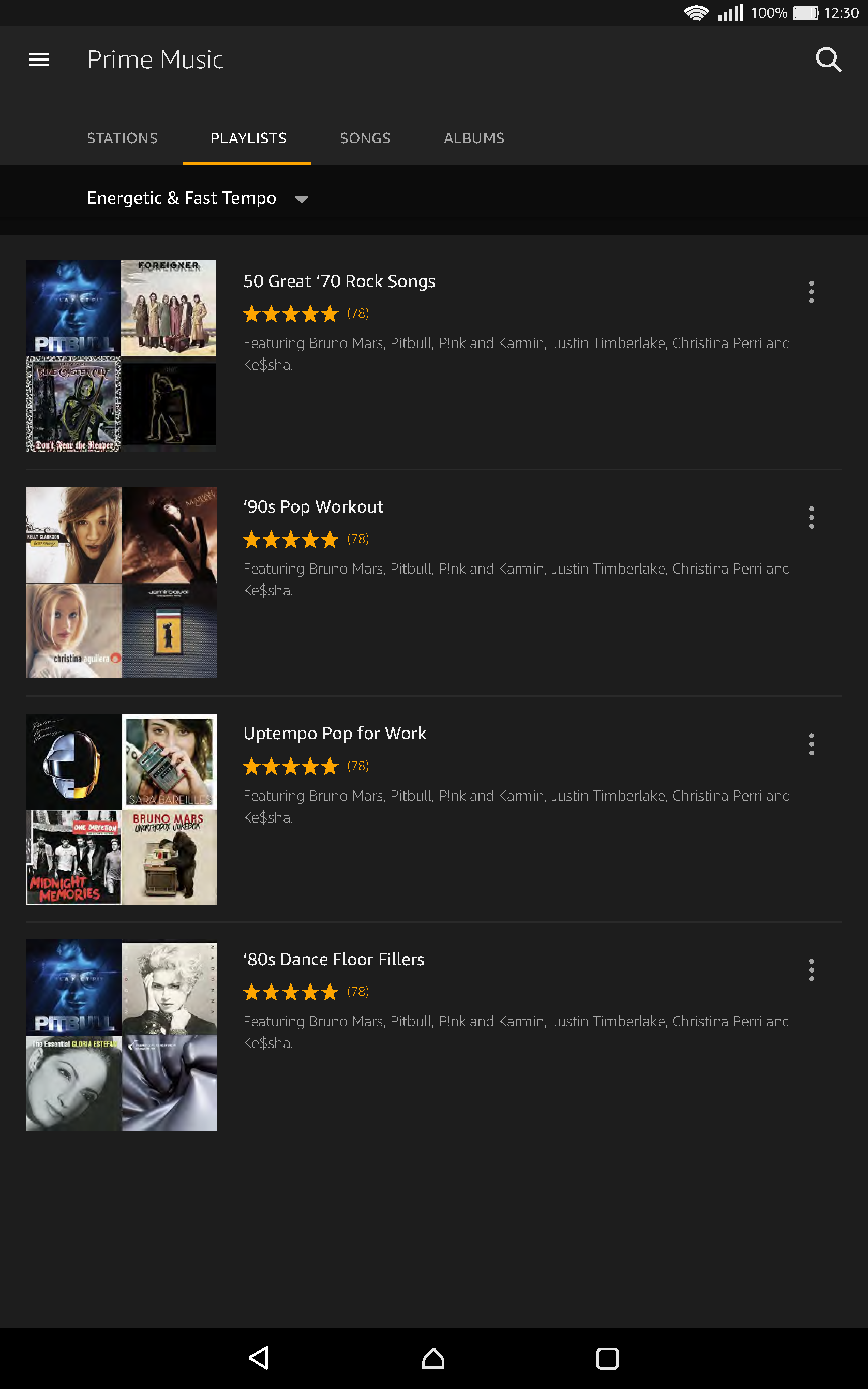One app for all Fire tablets
Music has always been a significant part of my life, shaping my career path and ultimately leading me to join Amazon Music as a Senior UX Designer in 2014. My role focused on leading the design of the Amazon Music app experience on Fire Tablets, a crucial platform for Amazon's loyal customer base.
Background
Following the successful launch of Prime Music in June 2014, we faced several challenges with the Amazon Music app on Fire Tablets. These included
scalability issues due to building on top of the existing web store
a confusing navigation structure
hardware limitations impacting performance
the need to integrate new features like the redesigned Home Launcher and SD card expansion.
Design Solutions
Rebuilding the App Structure:
A comprehensive review of the app's architecture revealed that it was not built to scale across different screen sizes and densities. To address this, I established a standardized design system using DP (device pixels) instead of PX, enabling seamless adaptation across various devices while maintaining design consistency. Additionally, I created modular redlines for development, streamlining the construction of pages and establishing a design framework for FireOS.
New Navigation:
The previous navigation structure was cumbersome and required frequent use of the hamburger menu. The redesigned navigation simplified the interface by placing subcategories in a tab view, improving browsing efficiency. Data-driven decisions, such as prioritizing Prime Playlists and Stations based on user engagement, further enhanced the navigation experience.
Old navigation where all sub navigation items are listed
New navigation
Sub navigation items
Music Magazine Home:
The 2015 FireOS update introduced a new Home Launcher with distinct Resume, Consume, and Explore sections. Collaborating with the OS team, I tailored the Music app's home screen to align with our goals, promoting Prime Music and increasing Prime sign-ups.
SD Card Expansion:
The introduction of SD card slots presented unique challenges for content management. Through extensive research and testing, I devised solutions for various scenarios, ensuring seamless downloading, transferring, and playback of music from SD cards.
Results
The implementation of these design solutions yielded significant positive outcomes. The app successfully scaled across devices, new features were seamlessly integrated, and the redesigned navigation improved user engagement with Prime Music content. Notably, the Music app on Fire Tablets became a primary driver of Prime sign-ups.
Conclusion
My time with the Amazon Music team, though brief, allowed me to contribute to two generations of design improvements. The enhanced user experience played a pivotal role in the success of Prime Music. While there are always new challenges to tackle, I am confident that the foundation we built will continue to drive innovation and deliver exceptional music experiences to Amazon customers.
















































